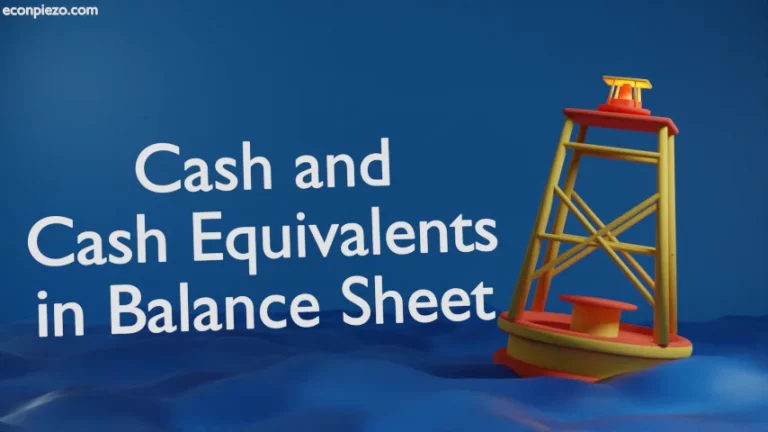As an investor, we should study the company’s Earnings Report in detail. From the Earnings Report itself, we can understand how it has performed in the past. And, this would help us have an idea about the valuations a company trades in the secondary market. One of the most important metrics that we can’t miss while analyzing a company’s profitability is Earnings Per Share(or, EPS). In this article, we cover how to calculate EPS.
The metric is also used to calculate P/E Ratio (or, Price-Earnings Ratio). We cover that in the Additional Info section.
How to calculate EPS?
The company’s profitability is one measure that investors watch closely. Earnings or Net profit is either invested or paid as dividends to its shareholders. EPS data is provided by companies in their Income statements.
The basic formula to calculate EPS is:
Earnings Per Share = (Net Income – Preferred Dividends)/ Common Shares Outstanding
Let’s understand it with the help of an example. If the Company XYZ, reports:
Net Income = $200,000
Preferred Dividends = $10,000
And, Common Shares Outstanding = 89,000
then, EPS for the company XYZ = (200,000-10,000)/89,000 = 2.13
It is worth mentioning here that, we also need to carefully monitor changes in metrics that are used to calculate EPS. For instance, changes in the number of shares outstanding can have a direct impact on the company’s EPS. So, keep an eye on such variations.
In conclusion, we have covered here how to calculate EPS.
Additional Info:
As we have already covered, the EPS is also used to calculate Price-Earnings Ratio. To calculate Price-Earnings Ratio:
P/E Ratio = (Stock Price) / Earnings Per Share
If the company XYZ is trading at $40 and from the above example, we calculated EPS as 2.13. So,
P/E Ratio = 40/2.13 = 18.77
Important: This material is provided only for information purposes only. It doesn’t constitute investment advice. We shouldn’t be held liable for the investment decisions readers take. We encourage readers to act at their discretion.






